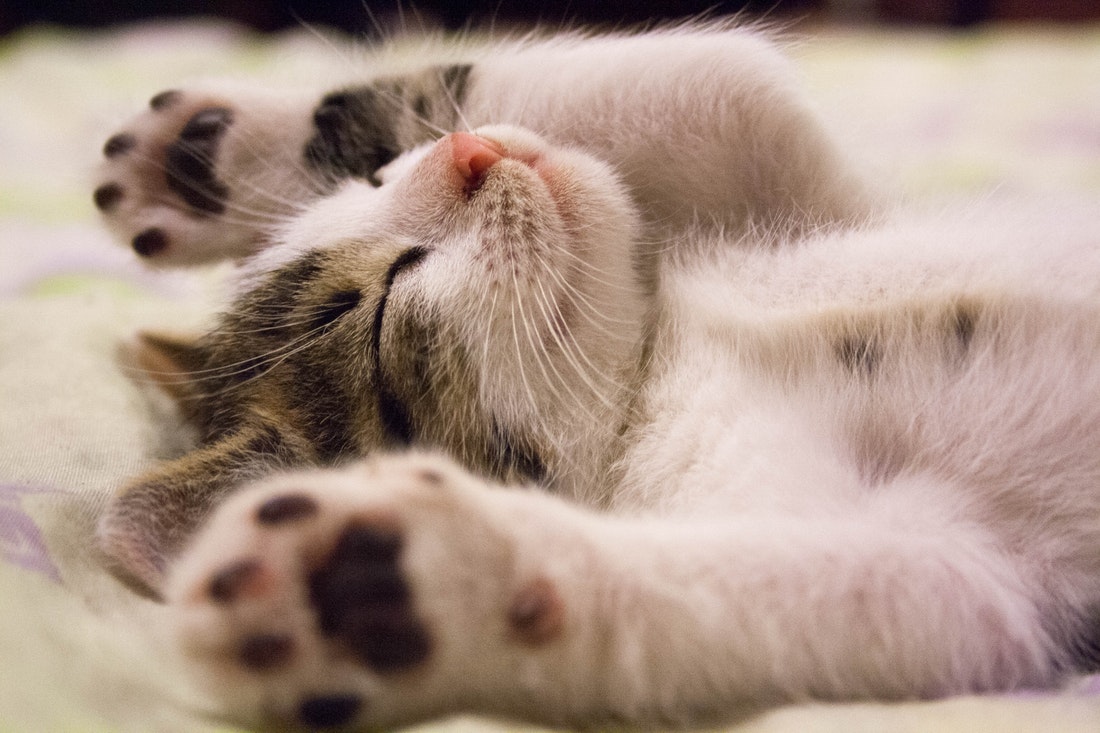image source
It is a fact that animals do not express pain or discomfort in the same way that we, as humans, do. This is why it can be difficult to tell when it is time to take your cat to the vet for some much-needed attention.
The good news is that it is possible to develop the skills associated with determining when your cat is feeling unwell – you just need to know what signs to look out for. Here they are.
His daily habits have changed
If your cat is drinking, eating, or defecating more or less often than usual, this is usually an indication that something is amiss. Neglecting to eat or drink will almost always tell you that your cat isn’t feeling great. If he begins to drink more often than usual, this could be a sign of diabetes or kidney disease. Urinating more often, especially if he is doing so in very small amounts, could signify a urinary tract infection. Finally, if you notice that he is attempting to urinate but to no avail, get to a good vet, like Heart and Paw, immediately. This is a life-threatening emergency for cats, and male cats in particular.
His gums are off-colour
A healthy cat will have pink-coloured gums. If his gums are not pink, their current colour can tell you a lot about what he is suffering from:
- Blue: Blue gums suggest a lack of oxygen and is a sign that your cat is struggling to breathe.
- Yellow: Yellow gums could signify that he is suffering from jaundice as a result of liver problems.
- Pale pink: This could be a sign of anaemia or shock. It may also be a sign of dehydration.
- Red: Red or inflamed gums may be a sign of an oral condition or overheating. The former is more likely if the red gums are accompanied by bad breath and bleeding around the gum line.
His temperature is raised
While taking a cat’s temperature is no easy feat, it is the best way to tell if a trip to the vet is necessary or if he is just having an off day. Use some petroleum jelly to lubricate a rectal thermometer before inserting is about an inch into your cat’s rectum. Leave it there depending on the manufacturer’s instructions before removing it and examining the reading. A normal temperature is around 38.6 degrees Celsius. If it is 39.5 degrees Celsius or higher, head to your vet immediately.
He is showing signs of digestive distress
A cat who is unwell will often regurgitate, vomit, or have diarrhoea. If this continues for more than 24 hours, it is time to take things further and visit your veterinarian. If not remedied quickly, vomiting and diarrhoea can lead to dehydration which can worsen the cat’s condition and eventually prove fatal.
If, despite the aforementioned advice, you still find yourself unsure of your cat’s condition, call or visit your veterinarian. Rather a false alarm than ignoring the symptoms of a sick cat.
Keep up with Project Fairytale
Facebook / Pinterest / Twitter
Follow my blog with Bloglovin




